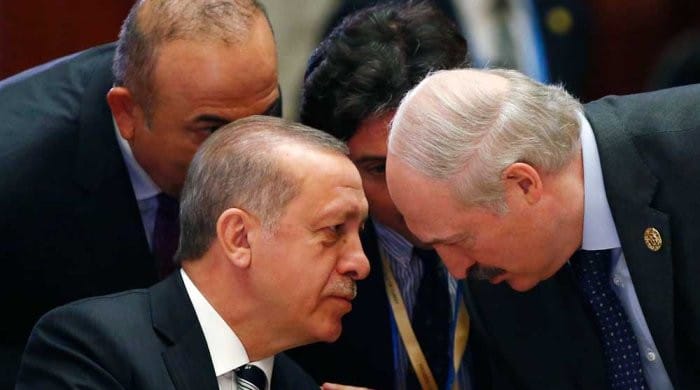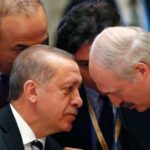On the night of 31 July, Russia launched one of its largest air assaults on Kyiv in months, firing over 300 drones and eight missiles in what Ukrainian officials condemned as a deliberate act of terror. The barrage, which struck more than 27 locations across the capital, killed at least six people and injured 52 — including nine children. Emergency services reported significant destruction in residential districts, with a nine-storey apartment block in the Sviatoshynskyi district hit directly by a missile, levelling an entire stairwell. Schools, a kindergarten, and a medical facility were also damaged.
Strategic escalation following Trump’s “peace ultimatum”
This attack, described by Ukrainian authorities as a political message disguised as warfare, came just two days after former US President Donald Trump claimed that Russia could end the war in Ukraine within ten days if a peace deal were reached on his terms. Kremlin leaders appeared to interpret this as an opportunity to exert pressure, launching a fresh campaign of violence to assert control over the narrative and timing of any future negotiations.
Rather than signalling readiness for peace, the Kremlin appears to have flipped Trump’s statement into a countdown to coercion. The missile strike on Kyiv sent a clear warning to Washington: if Moscow’s demands are not central to any deal, it will escalate bloodshed. Analysts suggest this is not diplomacy — but extortion.
Peace talks by blackmail: Putin’s 10-day campaign of threats
According to Ukrainian officials, this attack is only the opening salvo in what they are calling Putin’s “10-day plan” — not for peace, but for domination. By striking Kyiv so soon after Trump’s statement, the Kremlin appears intent on seizing control of the diplomatic agenda, dictating not just the conditions but also the timeline for any resolution. Every explosion, they argue, is a form of negotiation through destruction.
The Kremlin’s logic is not new: missile strikes as bargaining chips, civilian deaths as leverage. This latest escalation follows weeks of speculation in Western media about a possible negotiated end to the war. For Moscow, such talk is not a cue for compromise, but a chance to shape the outcome — and raise the cost of ignoring its demands.
Moscow’s message to Washington: negotiate on our terms or face chaos
The timing of the assault was no accident. It came amid heightened debate in the US about possible off-ramps to the war and renewed questions over whether Trump, if re-elected, would push for a rapid deal. By targeting civilians in Kyiv, Russia is not just attacking Ukraine — it is sending a signal to the White House: either accept our conditions, or face the consequences.
This is not just geopolitical manoeuvring. The use of missiles against homes, hospitals and schools directly violates international humanitarian law and reflects Russia’s systematic campaign of civilian terror. The targeting of non-military sites with precision weapons underscores a strategy not of battlefield victory, but of psychological warfare.
Kremlin seeks to fracture Western resolve and demoralise Ukraine
While NATO and EU leaders debate further aid packages, Moscow is exploiting strategic ambiguity to generate political and social pressure. The message behind the explosions is unmistakable: resistance is futile, negotiations inevitable — on our terms.
But Ukraine’s leadership warns that a tepid or delayed Western response would only embolden Moscow. The assault was not simply a test of air defences, but of political will — in Washington, Brussels and beyond. As the Kremlin raises the stakes, it is betting on war fatigue and divisions within the West. Ukrainian officials argue the only effective response is unity and resolve.
Russia prepares for a new phase of war
The Kyiv strike is part of a broader pattern: increased missile production, troop concentrations, and rising attack frequency point to Moscow preparing for a renewed offensive. Rather than freezing the conflict, Russia is fuelling its next stage — testing Ukrainian resilience and probing Western hesitation.
Far from negotiating in good faith, Moscow continues to weaponise instability, using destruction as a diplomatic tool. Its ultimate aim: to reframe any future peace process around its terms, backed by the threat of continued devastation.
This latest attack reinforces a grim truth: Russia is waging a war not against Ukraine’s military, but its people. The systematic targeting of residential areas is not accidental — it is the Kremlin’s strategy to break civilian morale and create a humanitarian crisis that forces political concessions.













